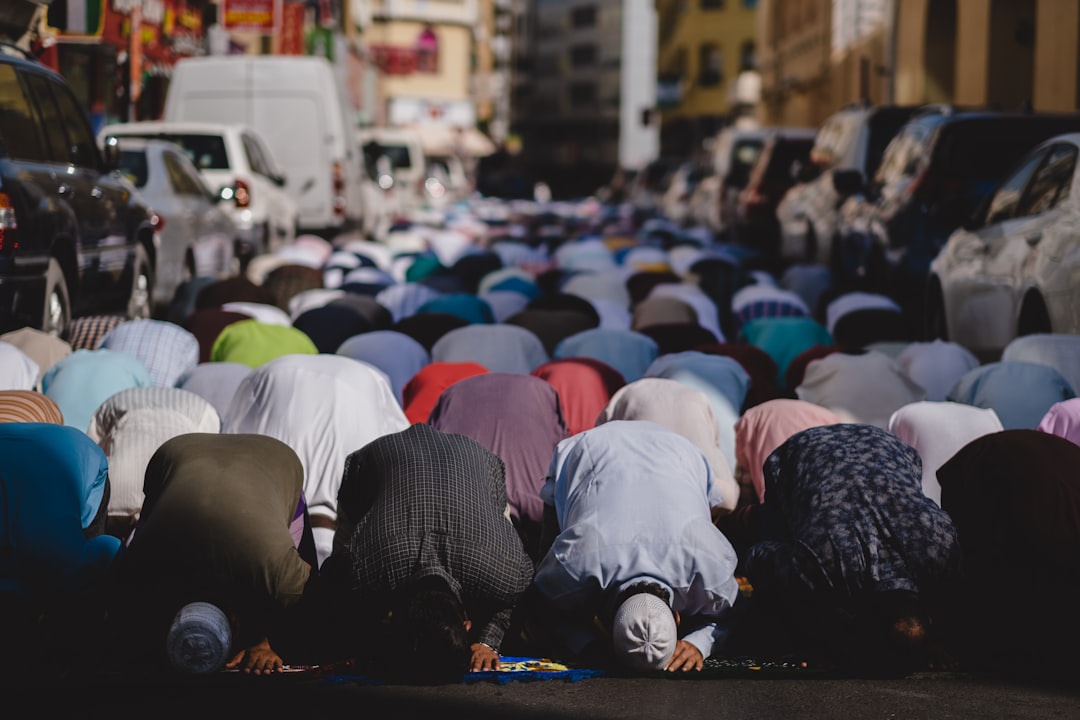What is it about?
This paper uses Iranian cinema censorship as a case study for the misunderstandings surrounding the issue of violence. Taking advantage of Johan Galtung's definition of structural violence, it proposes a more nuanced approach to film violence that is not merely based on the extraction of moments of a film but sees the narrative as a continuation of moments where different forms of violence morph into each other and are resolved in the process, ending in peace.
Featured Image

Photo by Jakob Owens on Unsplash
Why is it important?
My analysis shows that violence is always present in narrative cinema and is an inseparable part of it. Consequently, censoring film violence is an attack on cinema and narrative films. Furthermore, there is no evidence that physical violence, which is the target of attacks on film violence, has more effect on the audience than other forms of violence, such as structural and psychological. Therefore, the whole debate stems from just a misunderstanding of narrative cinema.
Perspectives
I hope this article aids the discussion about film violence, like many other areas in cinema, becoming more accurate and complex in media and academia. The issue is significant, and simplifying it only hurts cinema. The theory provided here is not only a suggestion for the way film violence should be read in a filmic text, but also it is a framework for writing and producing narrative films. So, I hope people in the industry, especially screenwriters, could benefit from it to create profound stories.
Hamid Taheri
RMIT University
Read the Original
This page is a summary of: The Violent Story, Middle East Journal of Culture and Communication, March 2023, Brill,
DOI: 10.1163/18739865-tat00005.
You can read the full text:
Contributors
The following have contributed to this page










